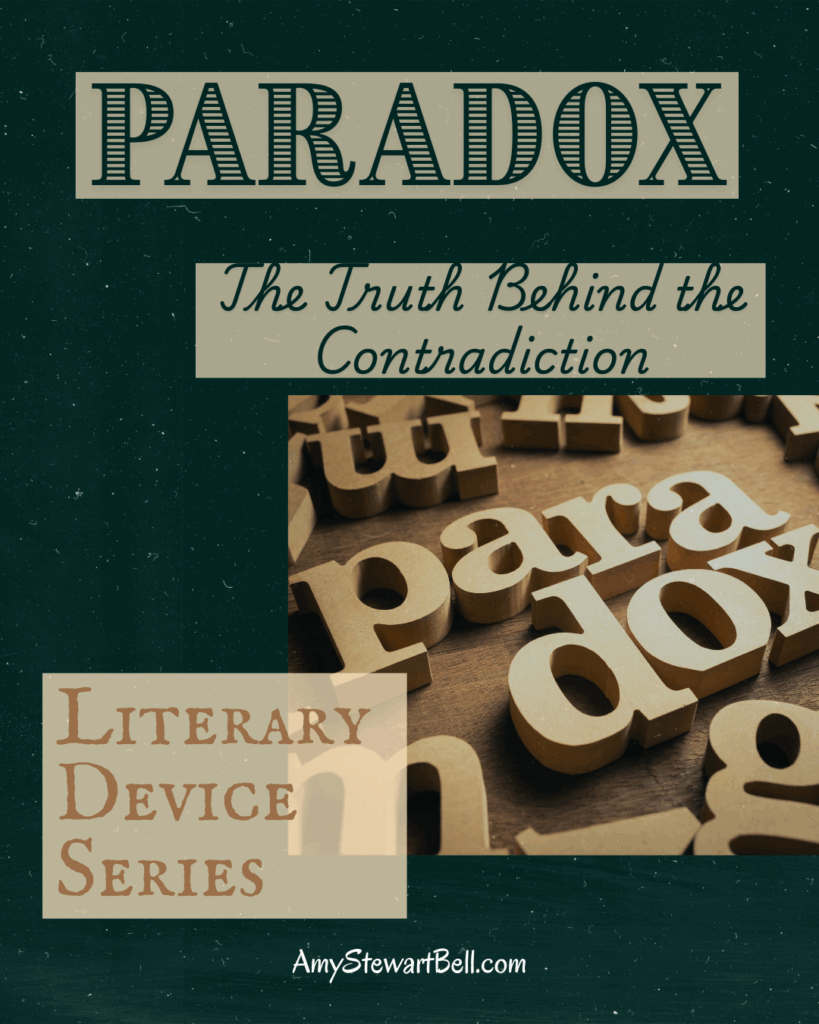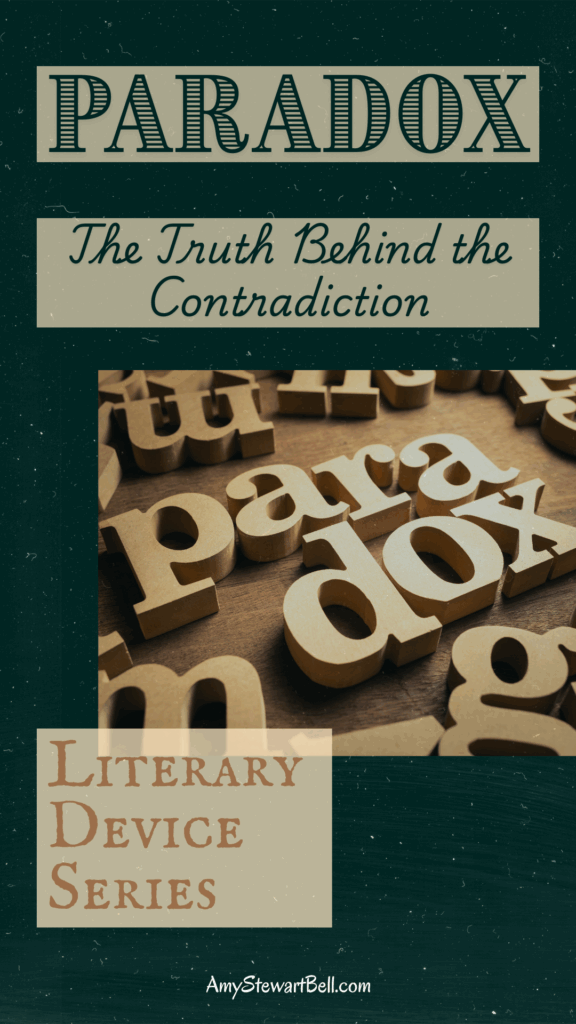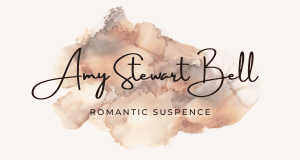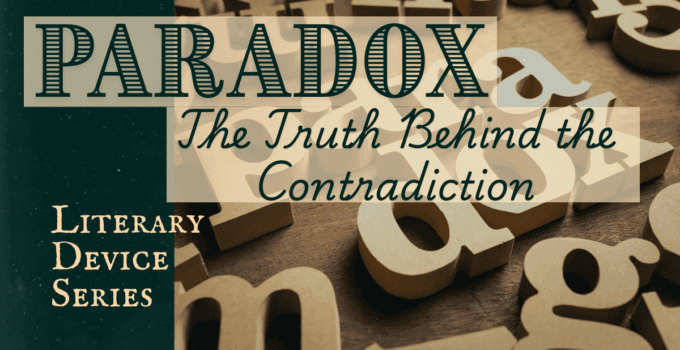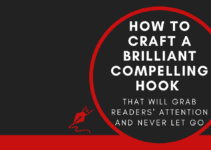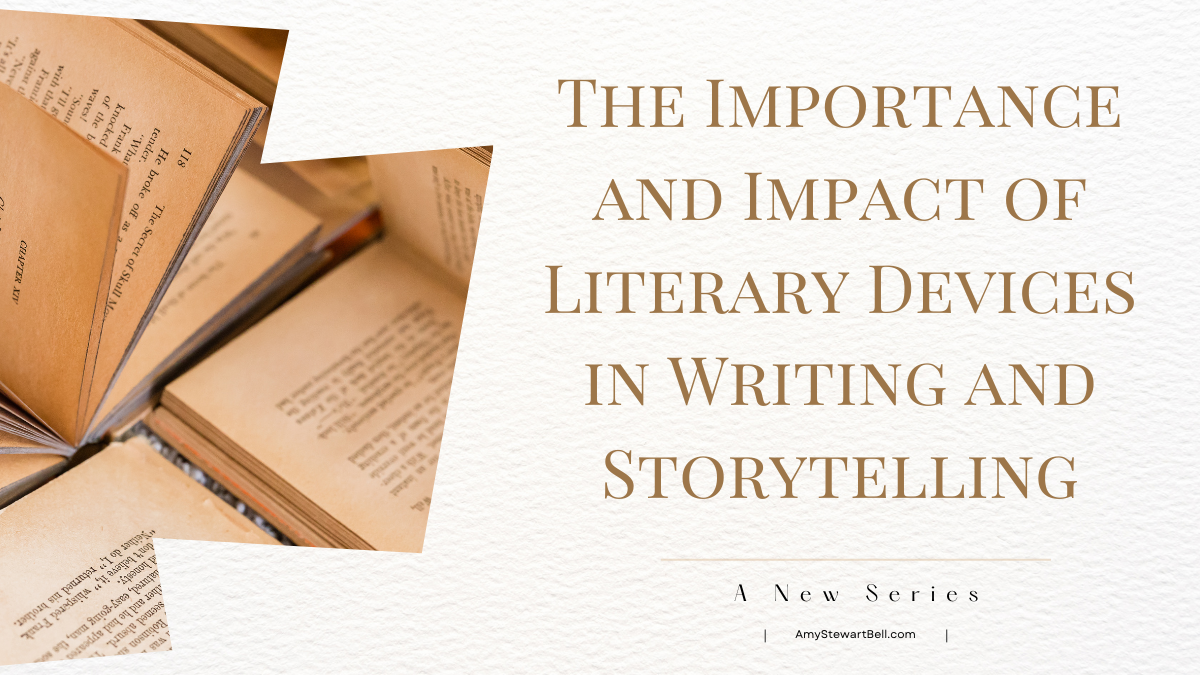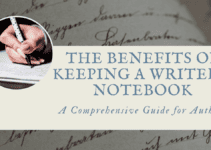A paradox is a statement that seems self-contradictory or absurd but, upon closer examination, reveals a deeper truth. Writers use paradoxes to challenge logic, provoke thought, and explore the complexity of life and language. In this article, we’ll dive into what makes a paradox tick, how it functions in storytelling, and how to use it effectively in your own writing.
💡 What Is a Paradox?
A paradox is a statement or situation that appears to contradict itself but reveals a truth or insight upon reflection. It may sound illogical or impossible at first, but its power lies in its ability to express complex or layered meaning.
Think of it as a puzzle designed to stimulate deeper thinking or express something that straightforward language can’t quite capture.
🎯 Why Use Paradox in Writing?
Paradox is used to:
- 🧠 Challenge assumptions and conventional thinking
- 🎭 Express complex truths about human nature or society
- 🌀 Create tension, irony, or surprise
- ✍️ Add philosophical depth to themes and characters
- 🔁 Encourage re-reading and deeper interpretation
📚 Famous Examples of Paradox in Literature
🖋️ George Orwell – 1984
“War is peace. Freedom is slavery. Ignorance is strength.”
These contradictions, used as political slogans, reflect the dystopian regime’s control over logic and truth. Orwell uses paradox to explore manipulation and doublethink.
🖋️ William Shakespeare – Hamlet
“I must be cruel to be kind.”
Hamlet’s justification for harsh action contains a moral paradox: sometimes pain or conflict leads to healing or justice.
🖋️ Oscar Wilde – The Picture of Dorian Gray
“The only way to get rid of a temptation is to yield to it.”
Wilde loved paradoxes for their wit and irony. Here, the contradiction reveals the destructive allure of indulgence.
🖋️ F. Scott Fitzgerald – The Great Gatsby
“I was within and without, simultaneously enchanted and repelled by the inexhaustible variety of life.”
Fitzgerald expresses the duality of human experience—feeling both included and alienated—through paradoxical observation.
🔍 Common Everyday Paradoxes
- Less is more – Simplicity often has the greatest impact
- The beginning of the end – A hopeful start that leads to inevitable decline
- I’m a compulsive liar – If true, it contradicts itself
- This is the only rule: there are no rules – A rule that breaks itself
✍️ How to Use Paradox in Your Writing
- 🔁 Use for thematic depth – Paradoxes are great for exploring conflicting emotions, ideas, or values.
- 💭 Challenge the reader – Invite them to think critically or reconsider assumptions.
- 🔍 Keep it purposeful – A paradox should support character development, theme, or plot—not confuse the reader without meaning.
- 🧠 Let it linger – Often, the beauty of a paradox is in its ability to echo in the reader’s mind long after reading.
🔬 Paradox vs. Oxymoron
| Device | Definition | Example |
|---|---|---|
| Paradox | A statement that contradicts itself but reveals truth | “This is the beginning of the end.” |
| Oxymoron | A combination of two contradictory words | “Bittersweet” or “deafening silence” |
Paradoxes are conceptual; oxymorons are linguistic. Both reveal truth through contradiction.
🧵 Final Thoughts
A paradox does more than twist logic—it opens a door to deeper understanding. In a world full of nuance and contradiction, paradox is the perfect literary tool for expressing life’s messy truths. When used thoughtfully, it can stir emotion, sharpen irony, or turn a simple phrase into something unforgettable.
So the next time your story calls for complexity or conflict, consider using a paradox—it might just reveal the most honest lie you’ll ever write.
Love literary devices that challenge the way we think and write?
Subscribe to the blog for weekly craft tips, storytelling tools, and writer-friendly breakdowns of classic techniques. 🖋️♾️📚
If you enjoy learning more about writing, be sure to join our community! We will be adding a deep dive on each of the literary devices which are so important in writing and in understanding the nuances in literature.
LET’S CONNECT!
There are many ways to connect with Amy Stewart Bell. We would love to know what you think and any of the topics we offer. We welcome your comments and want to interact with you!
If you haven’t yet, grab your copies of Once Captured, Uncharted Captivity, and The Captive Mind.
You can also connect in other areas. Join us on Instagram @AmyWritesAll, on X @AmyWritesAll, and on Facebook @AmyWritesAll.
Be sure to join our community as well; you will get even more inside info!
